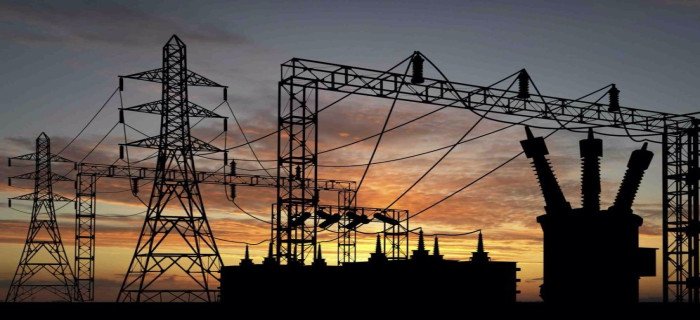
India Likely to Achieve 50% Non-Fossil Fuel Power Capacity by Year-End, Says Power Minister Manohar Lal
11 Jul 2025
India is on track to achieve its ambitious target of having 50% of its total installed power capacity from non-fossil fuel sources by the end of this year, Union Power Minister Manohar Lal announced recently. Speaking at a key industry event hosted by the India Energy Storage Alliance (IESA), the minister highlighted the country’s rapid strides in clean energy expansion, calling the progress “a significant step toward India’s sustainable energy future.”
As of May 31, 2025, India’s total installed power capacity stood at approximately 475.59 GW, out of which 235.53 GW came from non-fossil fuel sources comprising solar, wind, hydro, nuclear, and other renewables. This represents nearly 49.6% of the country’s total installed capacity. With recent additions in June, particularly 7.3 GW of renewables including 5.4 GW from solar, India’s cumulative non-fossil capacity is now estimated at around 242.8 GW bringing the 50% milestone within close reach.
Minister Lal emphasized that this development aligns with India’s broader climate commitments under its enhanced Nationally Determined Contributions (NDCs), which include reducing emissions intensity by 45% from 2005 levels and reaching 50% cumulative electric power installed capacity from non-fossil sources by 2030. “We are likely to achieve this 2030 goal well ahead of schedule, possibly by the end of this year,” he stated.
However, the minister also underscored the growing importance of energy storage systems to support this transition. As renewable energy sources like solar and wind are variable by nature, the need for robust storage infrastructure is essential to ensure 24x7 power reliability and grid stability. The IESA forum, which brought together over 1,000 participants from 20+ countries, focused extensively on the role of storage technologies, financing mechanisms, and grid modernization in shaping the future energy ecosystem.
While India’s clean energy capacity is growing at a record pace adding nearly 30 GW in FY 2024–25 alone actual power generation from renewables still trails behind due to intermittency and grid integration challenges. In June 2025, renewables accounted for only about 17% of total electricity generated. The government is now prioritizing the development of transmission infrastructure and large-scale battery storage systems to overcome these barriers and ensure consistent delivery of clean power.
If the current pace of development continues, India is poised not only to meet but exceed its renewable energy goals well ahead of its 2030 timeline. This milestone will mark a critical achievement in the country’s journey toward a low-carbon economy and will reinforce its leadership role in global clean energy transition efforts.


 (1).gif)
leave your comment